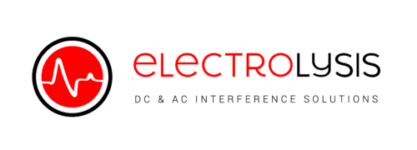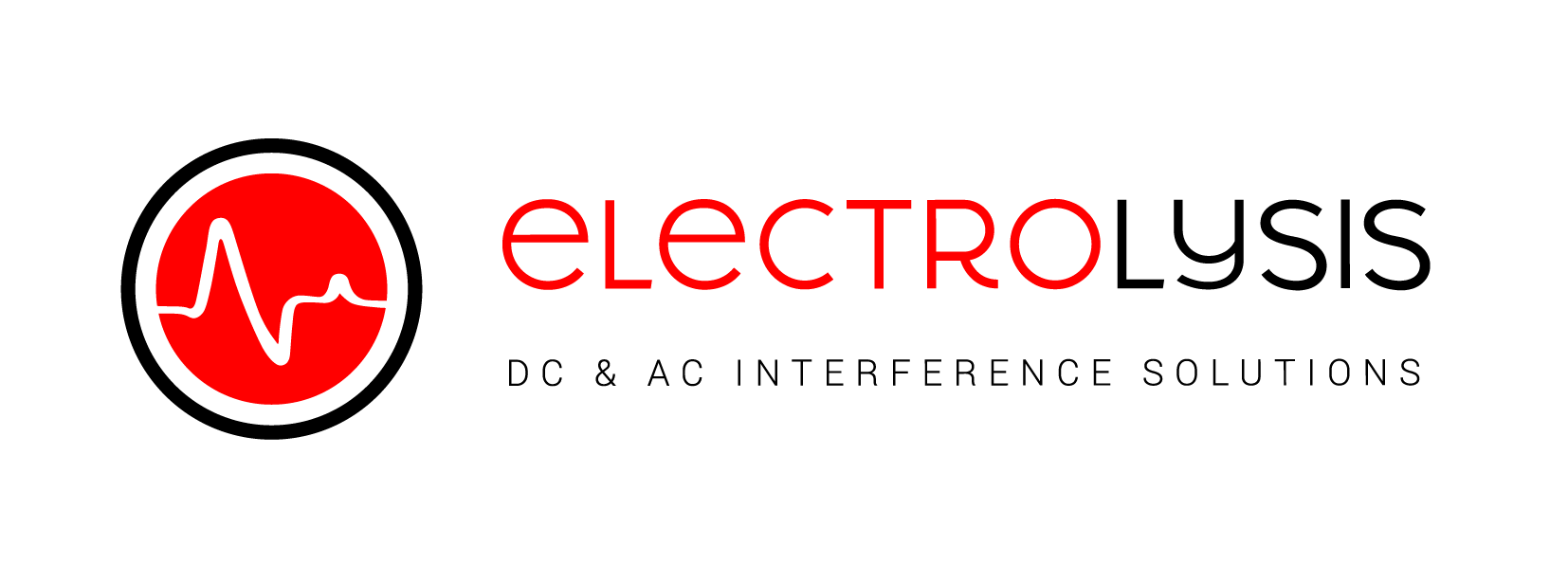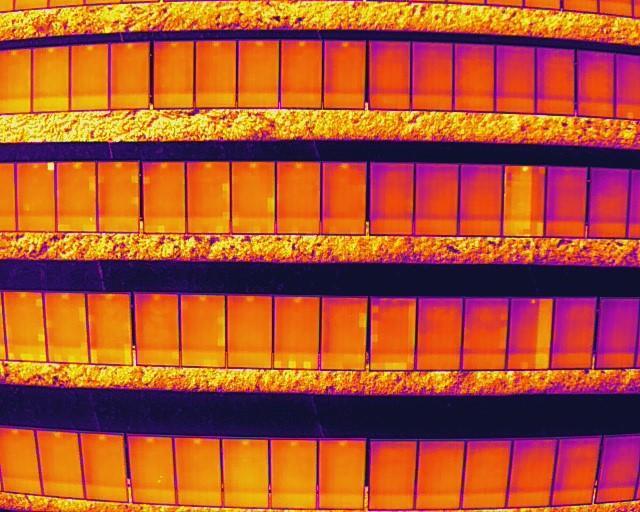How Electrolysis can quickly and efficiently identify them?
Failures of most products can be divided into the following three categories: Infant- failures, midlife failures, and wear-out failures. Examples of the three types of failures in the case of PV modules is shown in Figure 1. In addition to these module failures, PV modules may suffer from light-induced power degradation (LID) right after installation. The LID is a failure type that occurs anyhow and the rated power printed on the PV module is usually adjusted by the expected standardized saturated power loss due to this failure.

As the name suggests, infant- failures occur at the beginning of the service life of a PV module. Some examples of infant failures are junction box failure, glass breakage, defective cell interconnect, loose frame, and delamination. It is therefore recommended that these failures are identified prior to the commissioning of the system.
PV modules during their midlife, frequently suffer from potential induced degradation (PID), bypass diode failures, as well as cell interconnect breakage. Although these failures can lead to a significant reduction of the produced energy, they are typically covered within the warranty of the module. Therefore, it is recommended that regular and periodic inspections identify these failures for quick replacement and minimizing economic losses.
Last but not least, wear out failures occur at the end of the working lifetime of PV modules. The industry defined the working life of a PV module as the time when a safety problem occurs, or the PV module power drops under a certain level (typically between 80% and 70% of the initial power rating).
Early fault diagnosis plays a significant role in reducing the O&M costs by extending the practical life of PV systems. Traditionally, manual electrical testing (i.e. IV Curve Tracing) is the de-facto method of inspecting PV fields for identifying faulty cells, panels and string errors. However, these measurements can take hours or days for a small site, let alone for a large PV park. The integration of drone technology has completely improved the efficiency and accuracy of the inspection process. Thermal cameras can survey large areas within a PV park, collecting high-resolution infrared images during just a single flight.
To demonstrate the importance of Aerial Thermography, Table 1 summarizes the failures and issues detected during an aerial inspection of a PV system.

Aerial Thermography is fast, non-invasive and actionable and can be used as a standalone inspection or in conjunction with electrical testing (i.e. I-V tracing). Using our service, the following issues can be identified:
- Diode-function check (defective bypass diodes)
- Identification and location of heated cells and formation of hotspots
- Module failure (including partial failure)
- Faulty installation, including other faults, such as cabling, etc.
- De-energization, cracks and mechanical breakage, etc.
At Electrolysis, we recommend that Aerial Thermography is performed in regular intervals or when the performance of the PV system is suspected to be low to identify failures and schedule a quick replacement, therefore minimizing economic losses and maximizing return-of-investment.
For more information regarding our Arial Thermography for Photovoltaics please visit https://electrolysis.com.cy/aerial-inspections
[1] M. Köntges et al., Performance and reliability of photovoltaic systems. Subtask 3.2: Review of failures of photovoltaic modules.” Available: https://iea-pvps.org/key-topics/review-of-failures-of-photovoltaic-modules-final/





